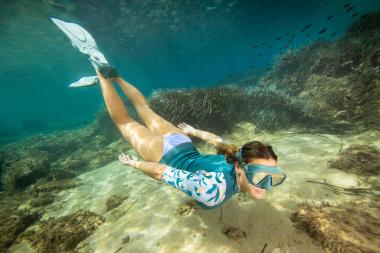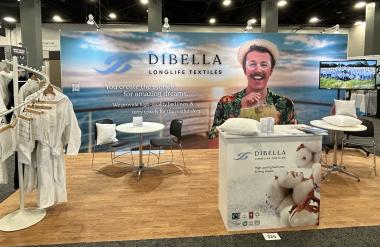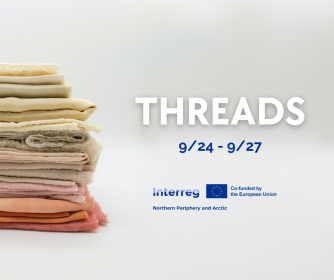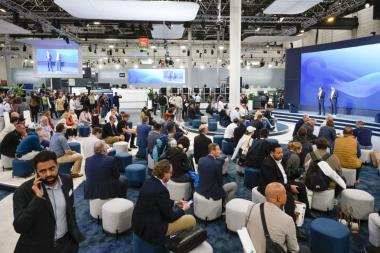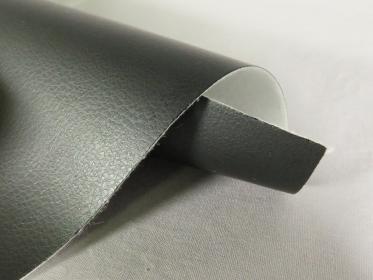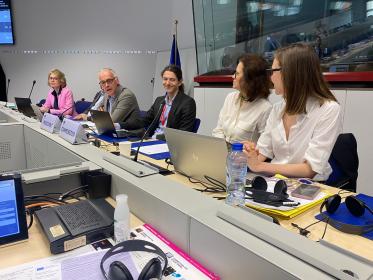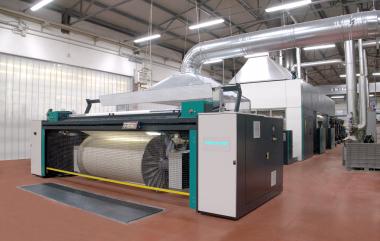DECATHLON: Entwicklung einer Neopren-Alternative
- Decathlon und das amerikanische Unternehmen Yulex entwickeln gemeinsam Yulex100, eine Alternative zu Polychloropren (“Neopren”).
- Yulex100 besteht zu 100 % aus FSC®- und PEFC®-zertifiziertem Naturkautschuk.
- Die Neopren-Alternative wird zunächst für Surfanzüge und Schwimmtops im Decathlon Sortiment eingesetzt.
Polychloropren, besser bekannt als Neopren, ist ein Synthesekautschuk, der aus Erdöl oder Kalkstein gewonnen wird. Er ist zwar dehnbar und hält warm, aber die Herstellung ist energie- und CO2-intensiv. Darüber hinaus ist er nicht recycelbar. Auch alternative Produkte auf dem Markt bestehen zu einem gewissen Anteil immer aus synthetischem Kautschuk.
Gemeinsam mit dem amerikanischen Unternehmen Yulex, das an der Erforschung und Herstellung von natürlichen Latex- und Kautschukalternativen arbeitet, ist Decathlon nun ein Durchbruch für die Entwicklung eines Schaumstoffs gelungen, der kein synthetischen Kautschuk mehr enthält. Die größte Herausforderung bestand darin, einen Ersatz für das Polymer zu finden, das die Hauptkomponente im Schaumstoff ist, ohne den Produktionsprozess, die Produktleistung oder den Preis zu verändern. Nach zwei Jahren intensiver Forschung mit über 50 Labortests und 50 verschiedenen Rezepturen ist es gelungen, die erste Neopren-Alternative herzustellen, die frei von synthetischem Kautschuk ist und deren Rohstoff Kautschuk ausschließlich aus PEFC®- oder FSC®-zertifizierten Wäldern bezogen wird.
Yulex100 ist damit die erste und derzeit einzige Alternative zu Neopren, die zu 100 % aus zertifiziertem Naturkautschuk besteht. Das Material reduziert die CO2-Äquivalent-Emissionen im Vergleich zu Neoprenschaum um 80 %, bleibt dabei genauso leicht, wärmedämmenden sowie dehnbar und erfüllt alle technischen Anforderungen der Nutzer:innen. Durch den Einsatz von zusätzlich benötigten Materialien, u.a. Reißverschlüsse, Beschichtung, Garne, verändert sich die prozentuale Reduzierung von CO2-Äquivalent-Emissionen entsprechend des Modells. Für den Kinder-Shorty beträgt sie beispielsweise 43 %.
Die Neuentwicklung soll sukzessive das gesamte Neopren-Sortiment bei Decathlon ersetzen. Des Weiteren erforschen die Teams aktiv technische Lösungen für andere Wassersportarten wie Tauchen und Freiwasserschwimmen.
Decathlons Netto-Null-Emissionsziel
In Übereinstimmung mit dem SBTi Corporate Net Zero Standard verpflichtet sich Decathlon, bis 2050 Treibhausemissionen der gesamten Wertschöpfungskette zu reduzieren und auszugleichen. Bis zu diesem Zeitpunkt will Decathlon die absoluten CO2-Äquivalent-Emissionen um 90 % gegenüber dem Basisjahr 2021 reduzieren. Dabei spielt der Kreislaufgedanke bei der Erreichung seiner Klimaziele und der Verringerung des ökologischen Fußabdrucks eine zentrale Rolle. Das Unternehmen intensiviert daher seine Bemühungen unter anderem um die Skalierung von zirkulären Geschäftsmodellen durch Second-Hand-Angebote, Rückkauf, Vermietung und Abonnements sowie Reparaturen und Ersatzteile. In dem Bewusstsein, dass diese Ziele nicht allein erreicht werden können, kooperiert die Sportartikelmarke mit engagierten und innovativen Partnern.
DECATHLON Deutschland SE & Co. KG


